Architects Directory Alumni: Casa Cigarra by FGMF
The Wallpaper* Architects Directory has turned 20. Conceived in 2000 as our index of emerging architectural talent, this annual listing of promising practices, has, over the years, spanned styles and continents; yet always championing the best and most exciting young studios and showcasing inspiring work with an emphasis on the residential realm. To mark the occasion, in the next months, we will be looking back at some of our over-500 alumni, to catch up about life and work since their participation and exclusively launch some of their latest completions. Defined by a striking cantilever, Casa Cigarra is a composition of architectural volumes, green spaces and water in the Brazilian countryside, created by 2009 Wallpaper* Architects Directory alumnus FGMF Arquitetos.
Pedro Mascaro - Photography

The work of Sao-Paulo based FGMF has always been bold and beautiful. It was its eye-catching Grid House that first caught our eye, featuring, off the back of it, the studio in our 2009 Architects Directory, when it was just about ten years old – the first Brazilian outfit to be included. Directors Fernando Forte, Lourenço Gimenes and Rodrigo Marcondes Ferraz have gone from strength to strength ever since, working on anything from large scale residential, to smaller retail projects, and high-profile, international collaborations, such as, for example, with Kengo Kuma.
Still, they have a special place in their hearts for single family housing, and their latest completion, Casa Cigarra, displays just how inventive and enthusiastic their approach can be. ‘Some architects believe that the design of a single-family house is less important than jobs that have a major urban impact,' says the team. ‘But in our opinion, the opportunity of building a house, a basic unit of architecture, and to interfere in the way people live, is perhaps one of the purest forms of architectural investigation.'
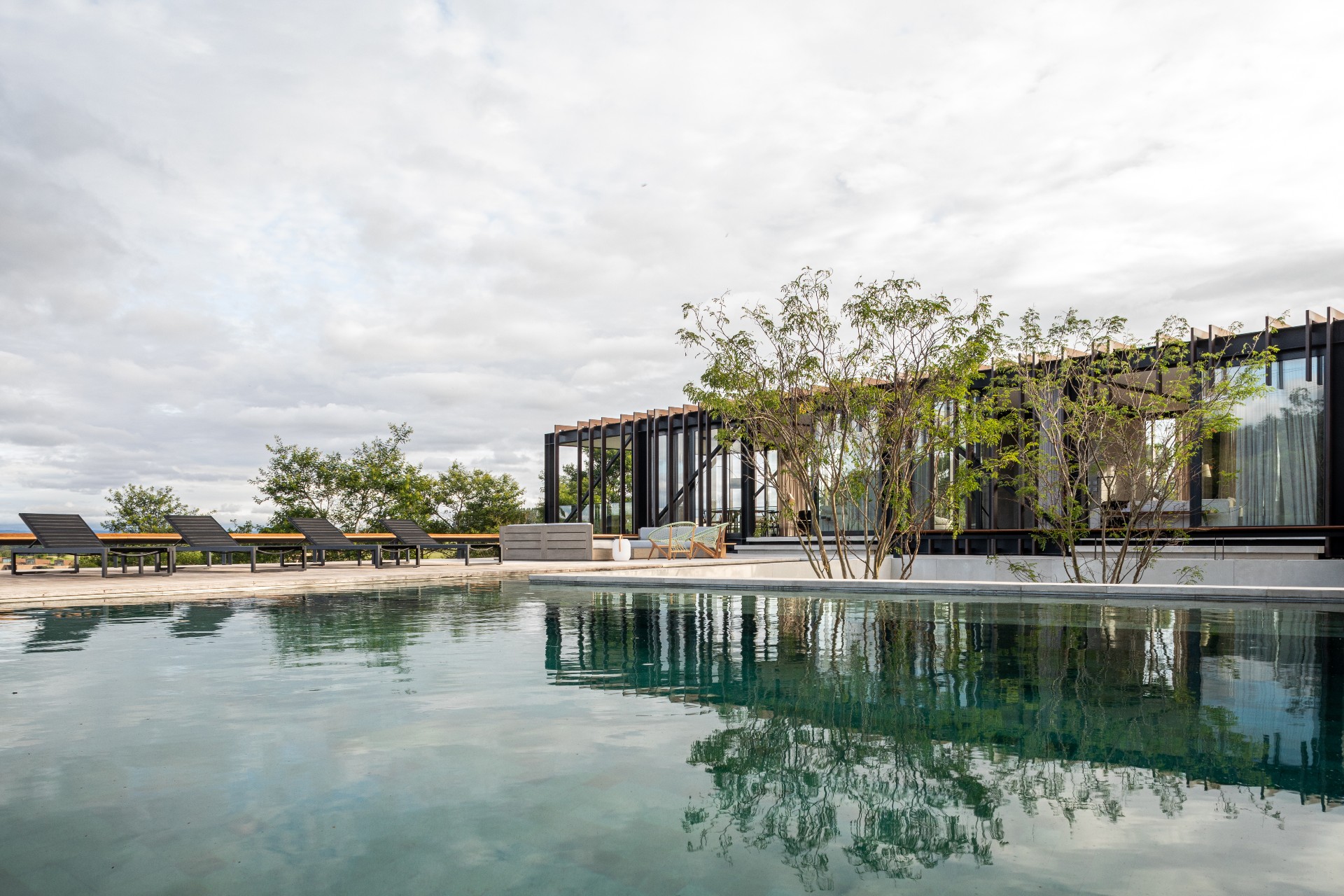
The family home, set on a steep slope in upstate Sao Paulo, is as dramatic, as it is functional – a direct response to its topography's potential and the client's need for a generous home that can be both a private retreat and a place for entertaining, and combines inside and outside effortlessly.
MORE FROM WALLPAPER* ARCHITECTS DIRECTORY
Conceived as two distinct volumes, stacked on top of each other at an odd angle, the structure has a clear internal arrangement; private areas, such as bedrooms, as well as the garage and service rooms, are located on the more discrete, lower level, enveloped in solid, exposed concrete that anchors the composition to the ground. Upstairs, the seemingly floating glass and metal ‘wing' that juts out over the hill wrapped in sun-shading ‘fins', contains the living spaces. Apart from the living, dining room and kitchen, it includes a external landscape that spans an al fresco seating area, balconies, bridges and a swimming pool. Here is also where the house's main entrance is situated.
RELATED STORY
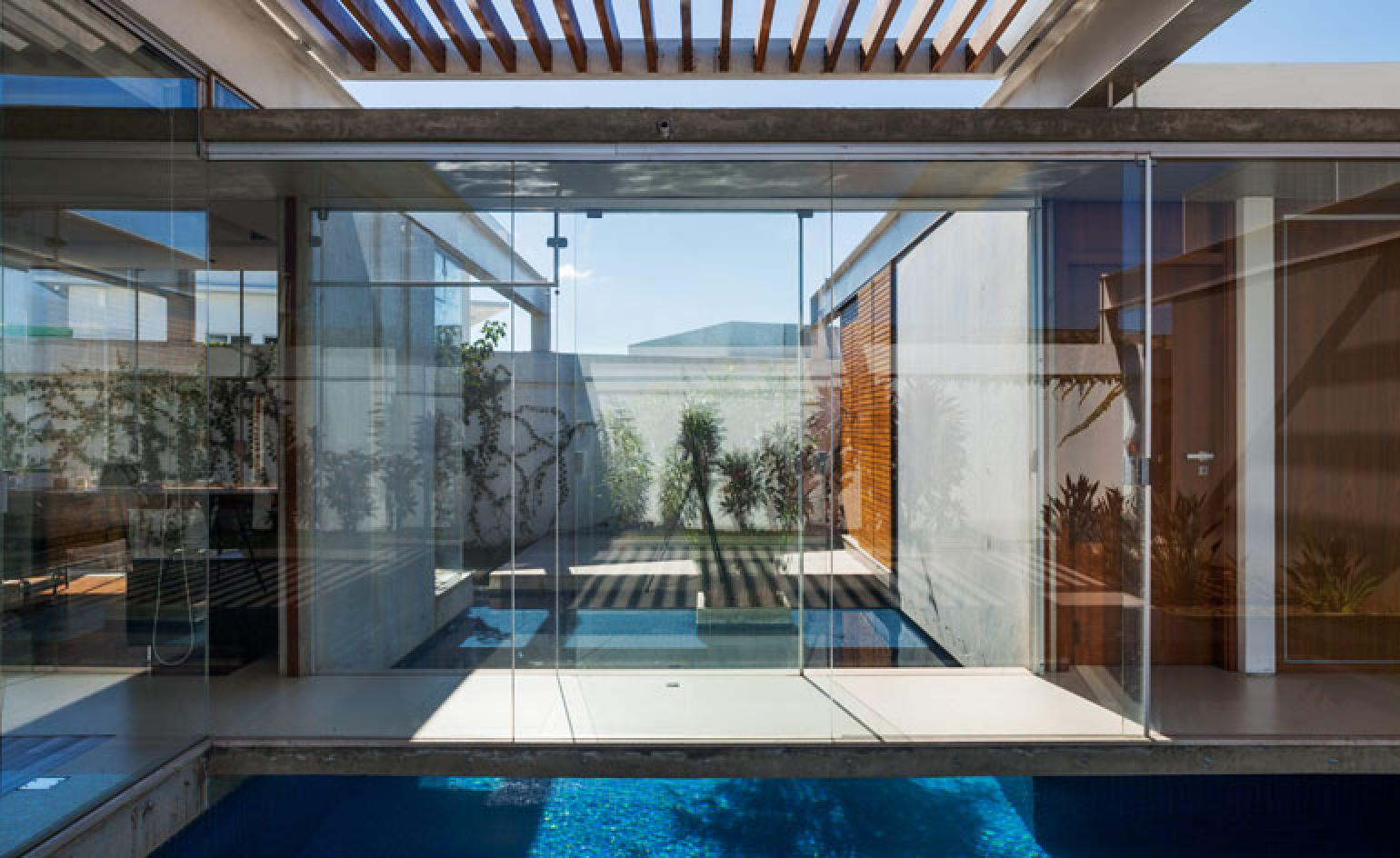
These contrasting elements sit together in surprising harmony, uniting public and private, open and closed. It is not an unusual approach for the firm, who, informed by its country's vernacular as well as its modernist tradition, enjoy experimenting with new ideas, juxtapositions and scales.
‘These last 10 years have been very productive for FGMF. One of our firm goals has been to work with different project scales, from a chair to an urban project, and we achieved it,' say the founders. ‘But even with so much transformation, our approach remains to challenge our own knowledge and experience from investigative projects, which constantly take us out of our comfort zone and force us to learn and look for different solutions.'
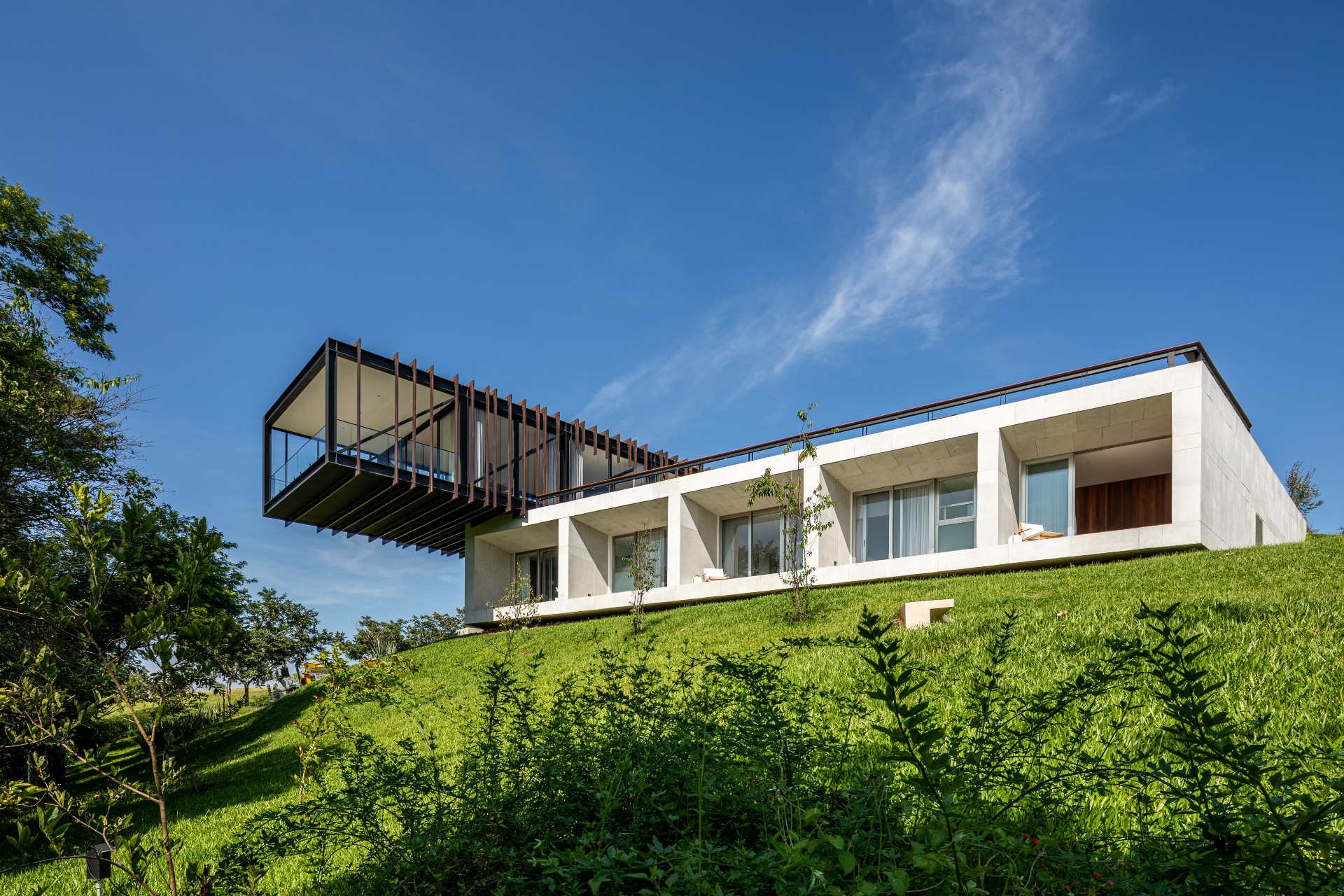
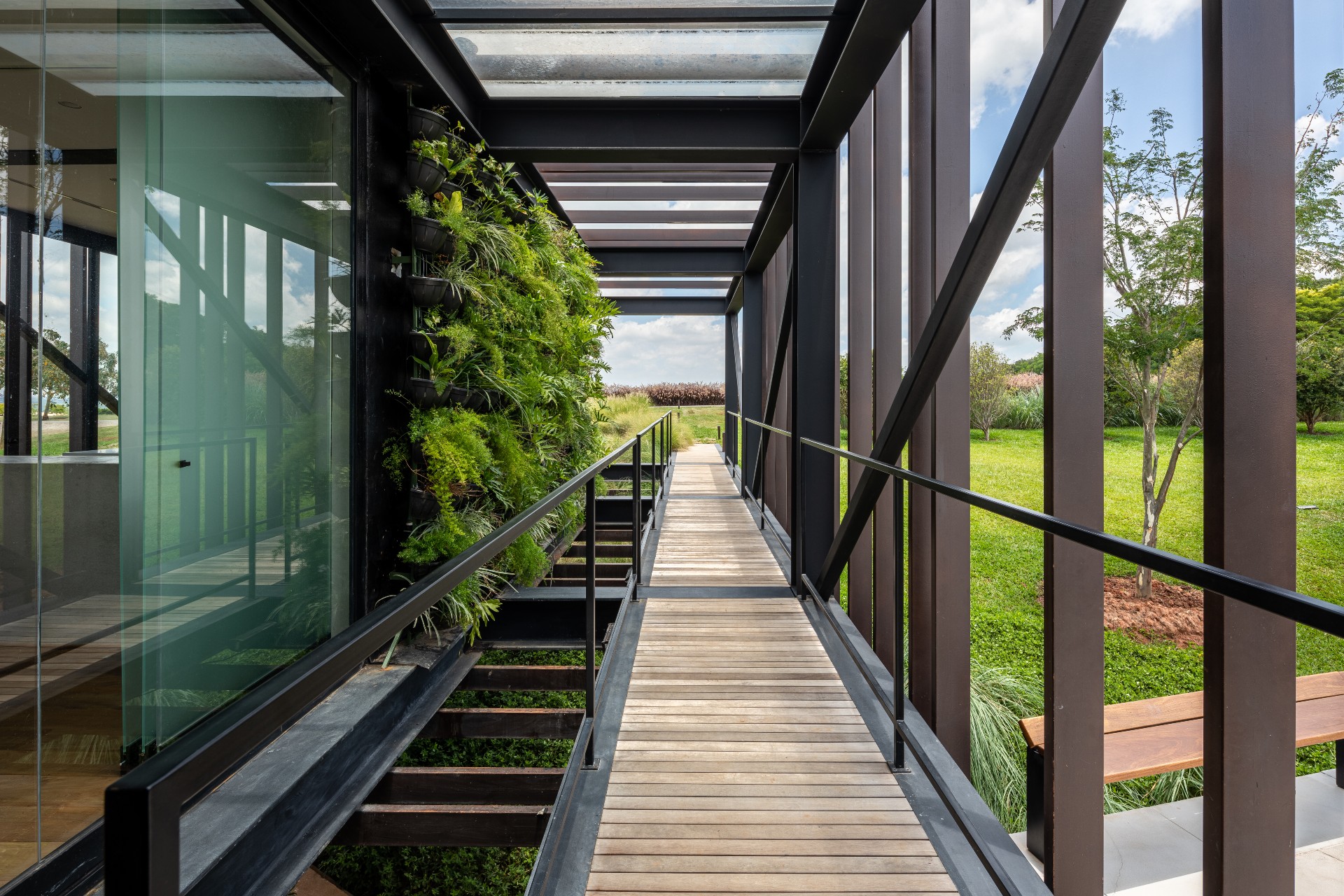
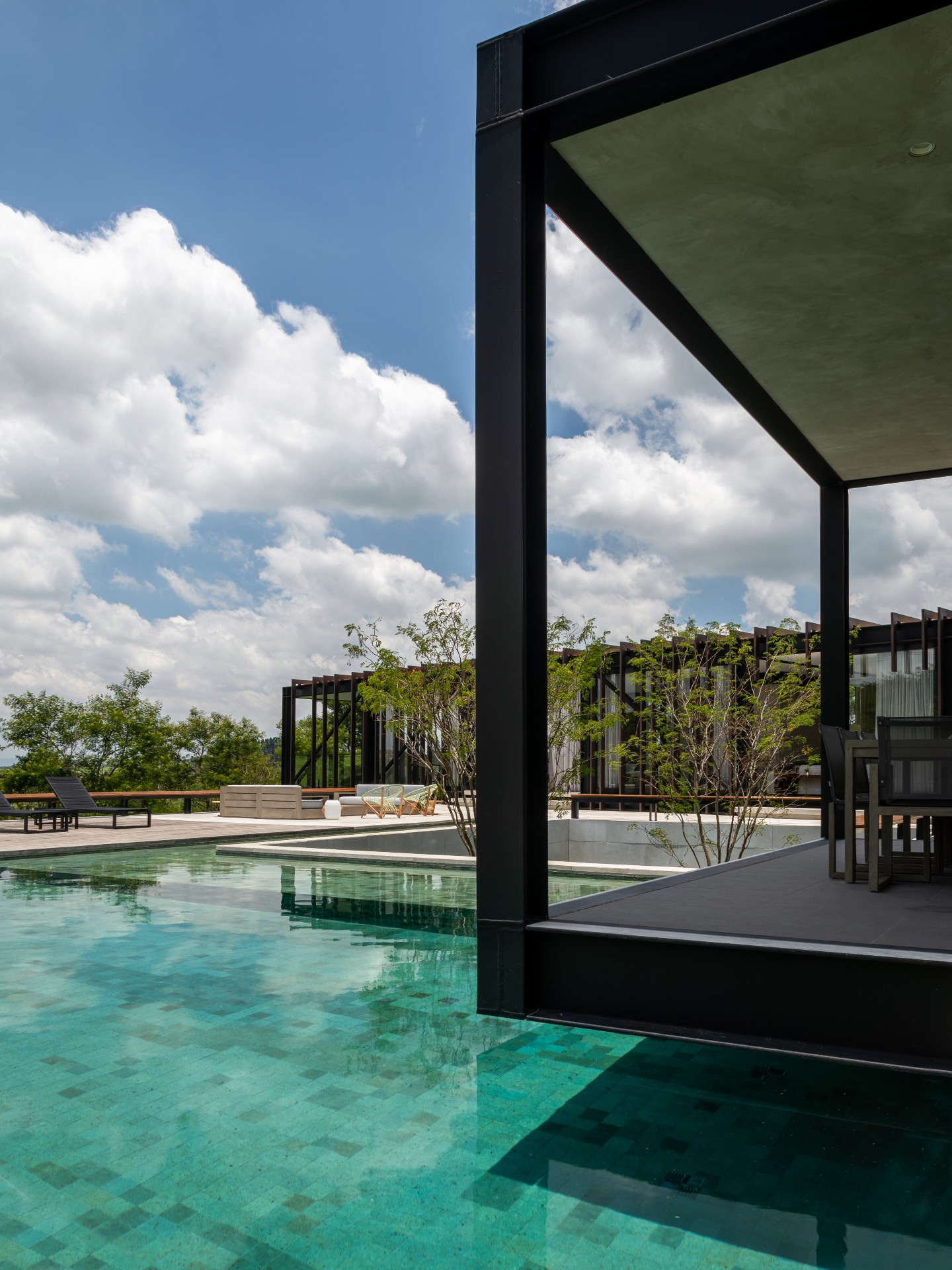
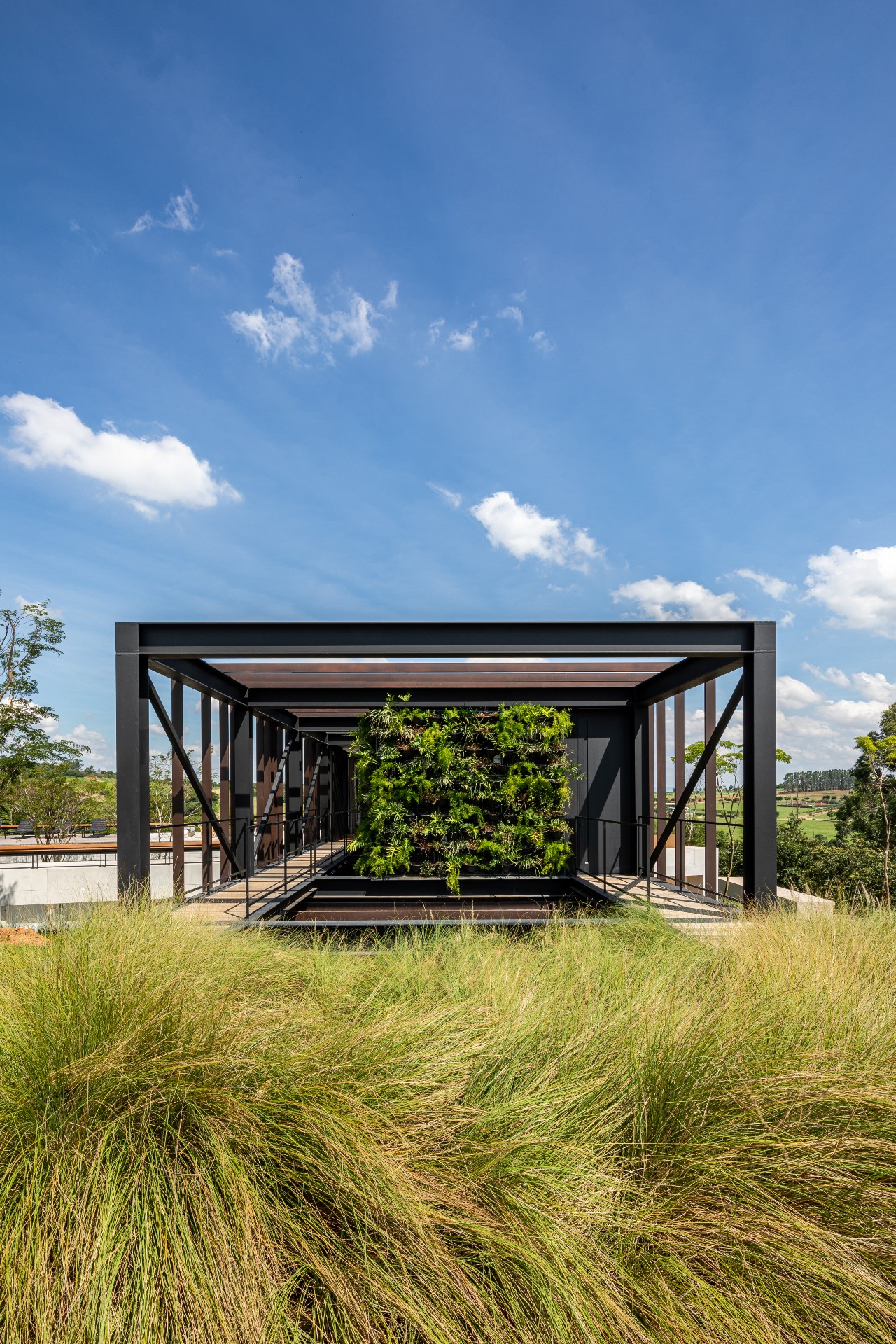
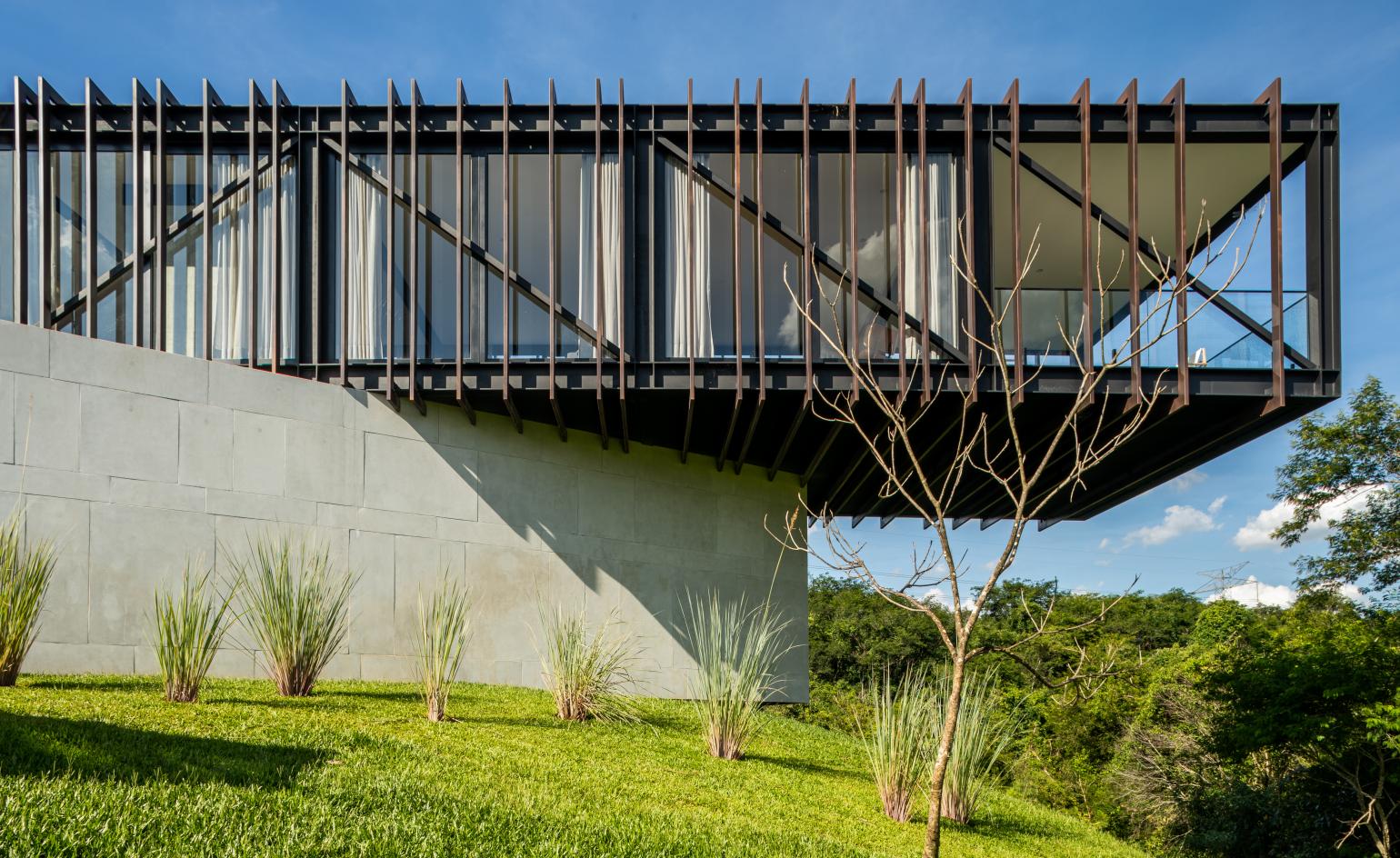
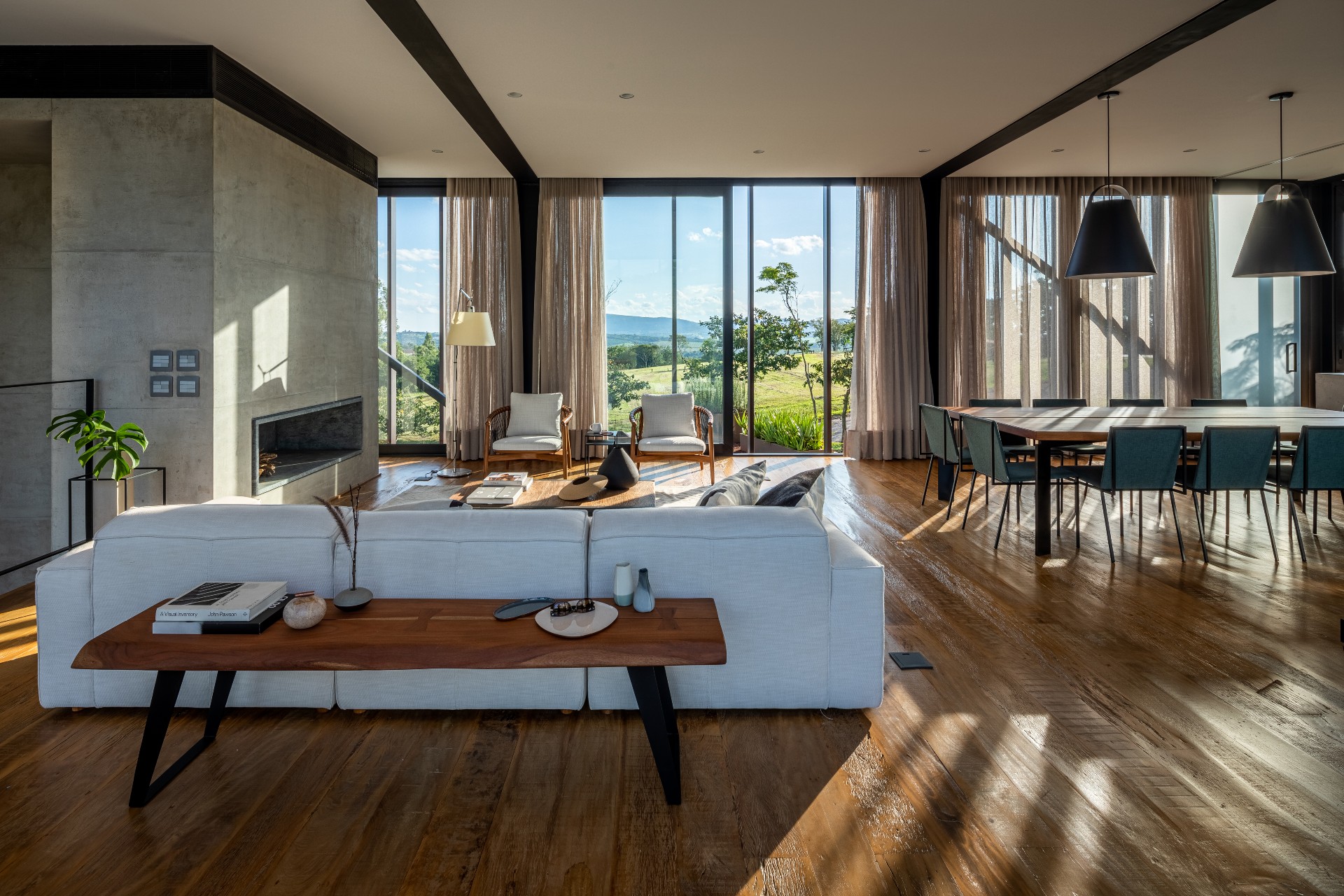

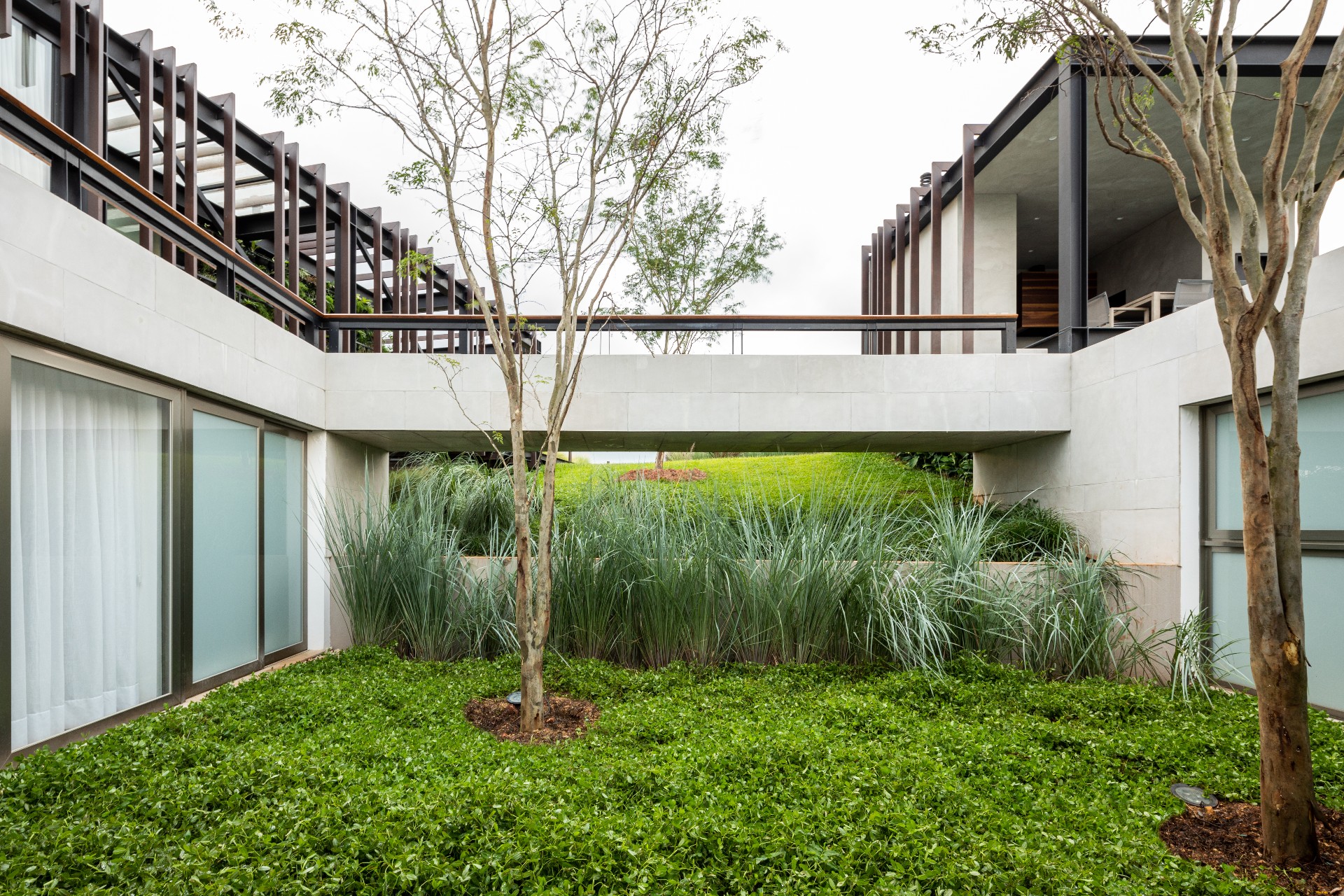
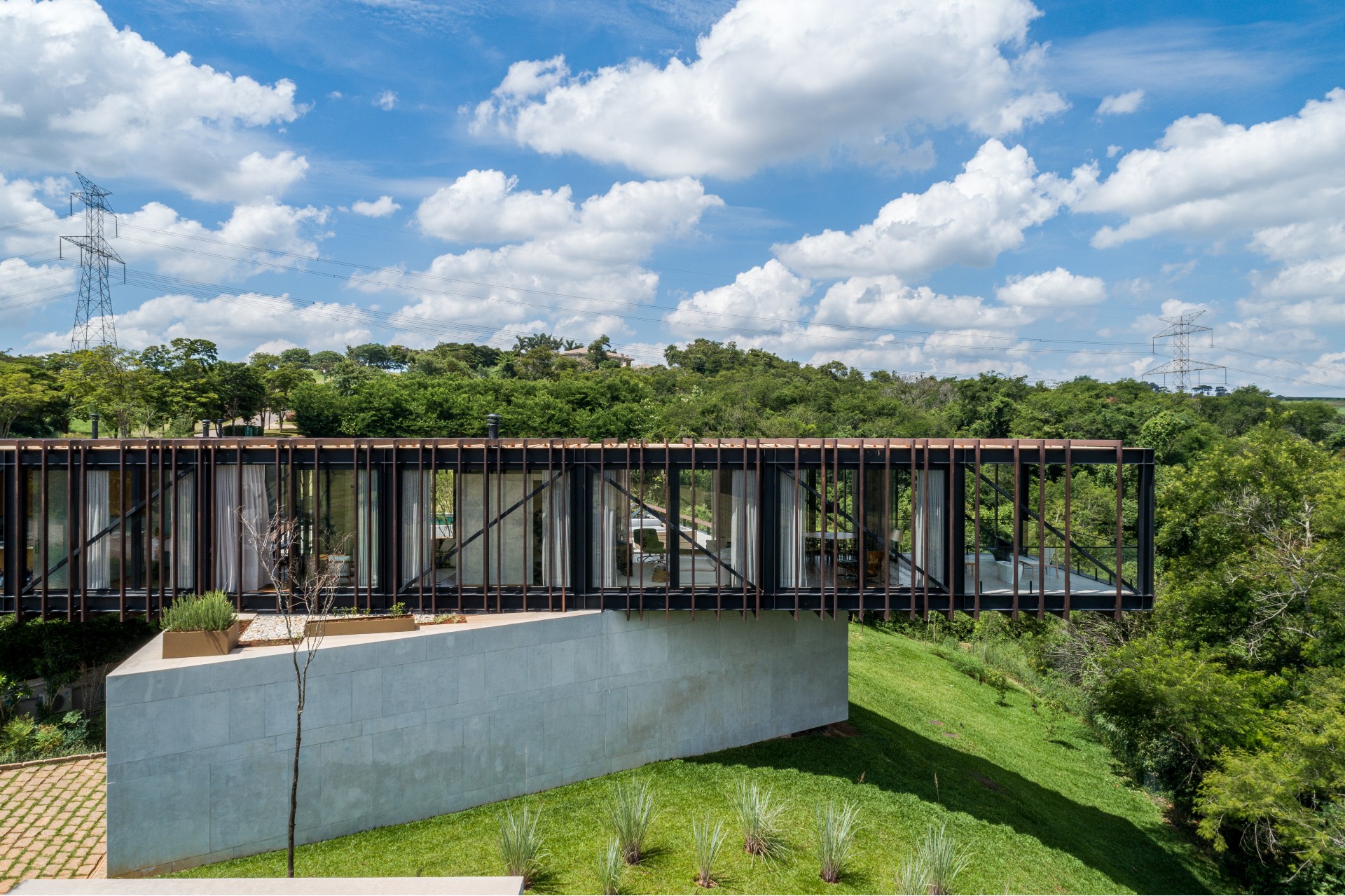
INFORMATION
Receive our daily digest of inspiration, escapism and design stories from around the world direct to your inbox.
Ellie Stathaki is the Architecture & Environment Director at Wallpaper*. She trained as an architect at the Aristotle University of Thessaloniki in Greece and studied architectural history at the Bartlett in London. Now an established journalist, she has been a member of the Wallpaper* team since 2006, visiting buildings across the globe and interviewing leading architects such as Tadao Ando and Rem Koolhaas. Ellie has also taken part in judging panels, moderated events, curated shows and contributed in books, such as The Contemporary House (Thames & Hudson, 2018), Glenn Sestig Architecture Diary (2020) and House London (2022).
- Pedro Mascaro - PhotographyPhotography
-
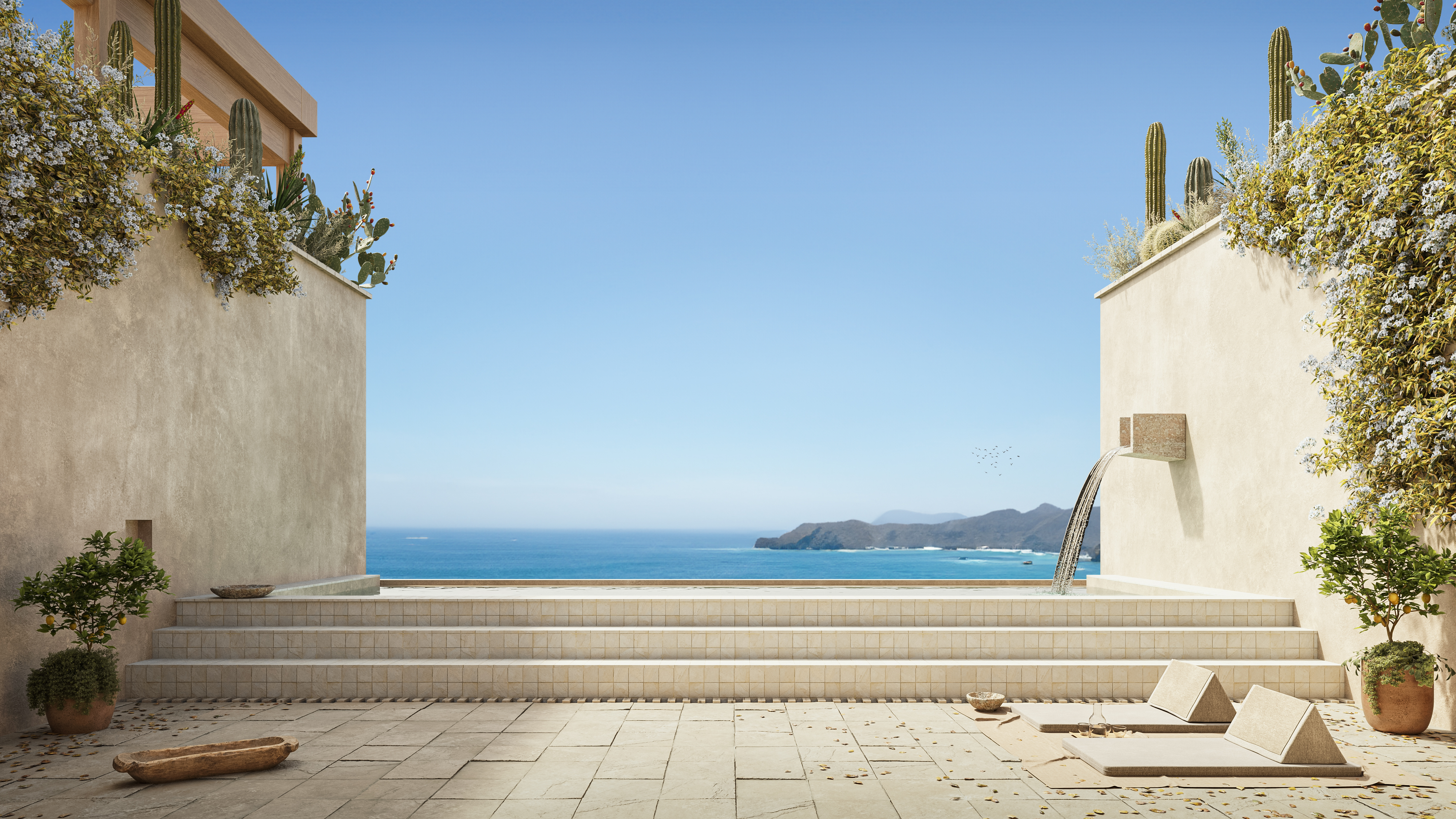 These Guadalajara architects mix modernism with traditional local materials and craft
These Guadalajara architects mix modernism with traditional local materials and craftGuadalajara architects Laura Barba and Luis Aurelio of Barbapiña Arquitectos design drawing on the past to imagine the future
-
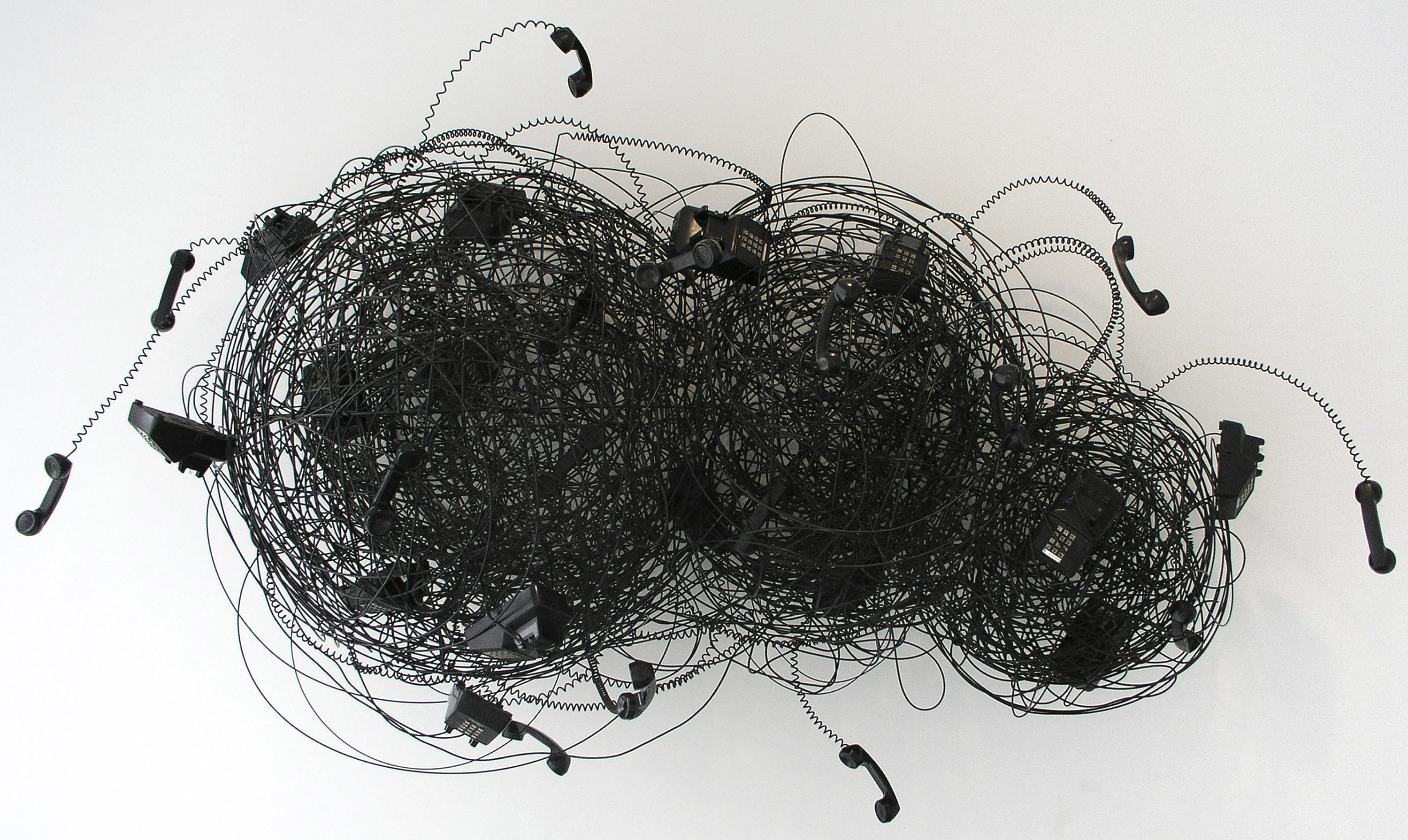 Robert Therrien's largest-ever museum show in Los Angeles is enduringly appealing
Robert Therrien's largest-ever museum show in Los Angeles is enduringly appealing'This is a Story' at The Broad unites 120 of Robert Therrien's sculptures, paintings and works on paper
-
 The Wallpaper* style team recall their personal style moments of 2025
The Wallpaper* style team recall their personal style moments of 2025In a landmark year for fashion, the Wallpaper* style editors found joy in the new – from Matthieu Blazy’s Chanel debut to a clean slate at Jil Sander
-
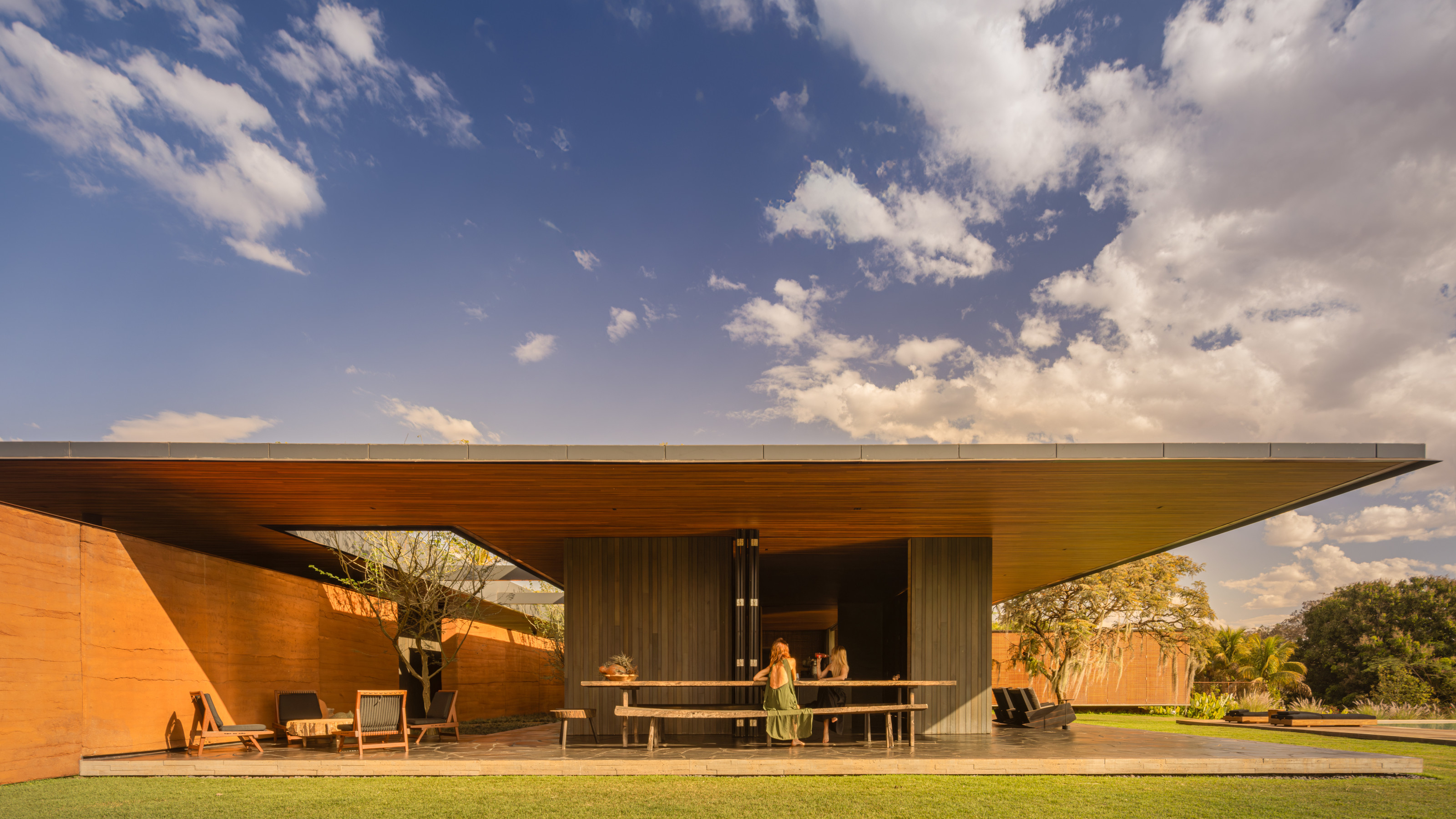 A spectacular new Brazilian house in Triângulo Mineiro revels in the luxury of space
A spectacular new Brazilian house in Triângulo Mineiro revels in the luxury of spaceCasa Muxarabi takes its name from the lattice walls that create ever-changing patterns of light across its generously scaled interiors
-
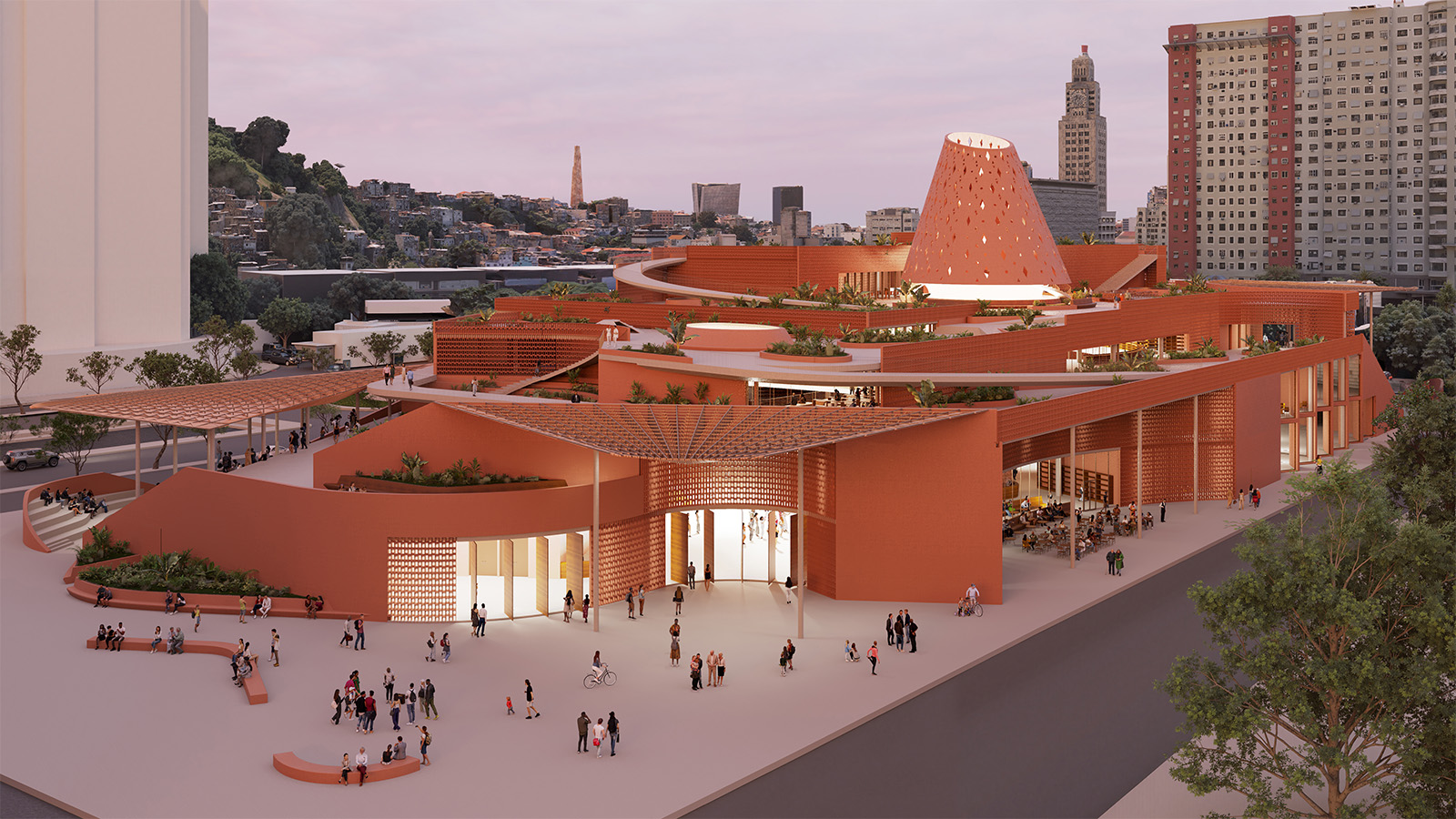 An exclusive look at Francis Kéré’s new library in Rio de Janeiro, the architect’s first project in South America
An exclusive look at Francis Kéré’s new library in Rio de Janeiro, the architect’s first project in South AmericaBiblioteca dos Saberes (The House of Wisdom) by Kéré Architecture is inspired by the 'tree of knowledge', and acts as a meeting point for different communities
-
 A Brasília apartment harnesses the power of optical illusion
A Brasília apartment harnesses the power of optical illusionCoDa Arquitetura’s Moiré apartment in the Brazilian capital uses smart materials to create visual contrast and an artful welcome
-
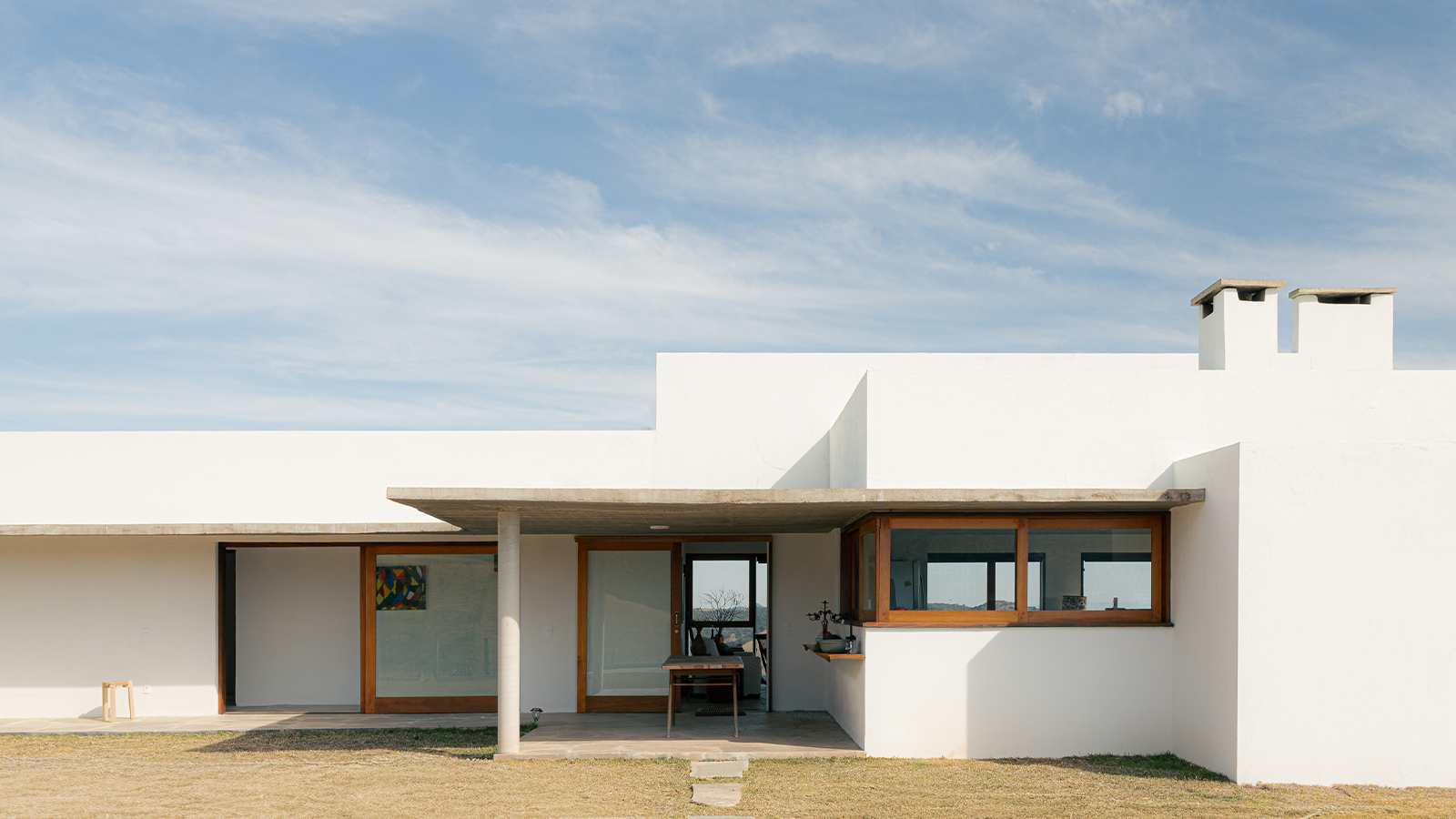 Inspired by farmhouses, a Cunha residence unites cosy charm with contemporary Brazilian living
Inspired by farmhouses, a Cunha residence unites cosy charm with contemporary Brazilian livingWhen designing this home in Cunha, upstate São Paulo, architect Roberto Brotero wanted the structure to become 'part of the mountains, without disappearing into them'
-
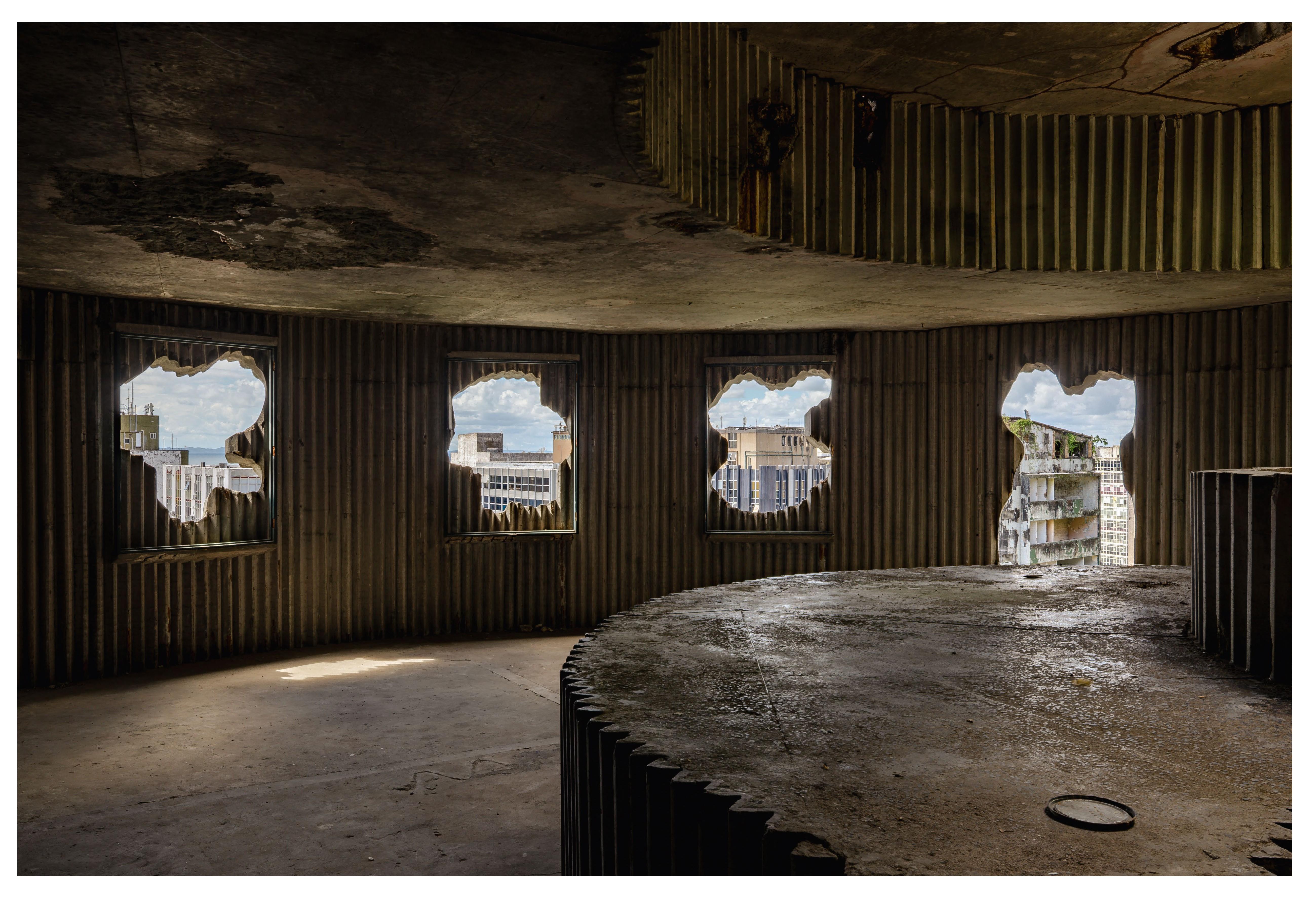 Arts institution Pivô breathes new life into neglected Lina Bo Bardi building in Bahia
Arts institution Pivô breathes new life into neglected Lina Bo Bardi building in BahiaNon-profit cultural institution Pivô is reactivating a Lina Bo Bardi landmark in Salvador da Bahia in a bid to foster artistic dialogue and community engagement
-
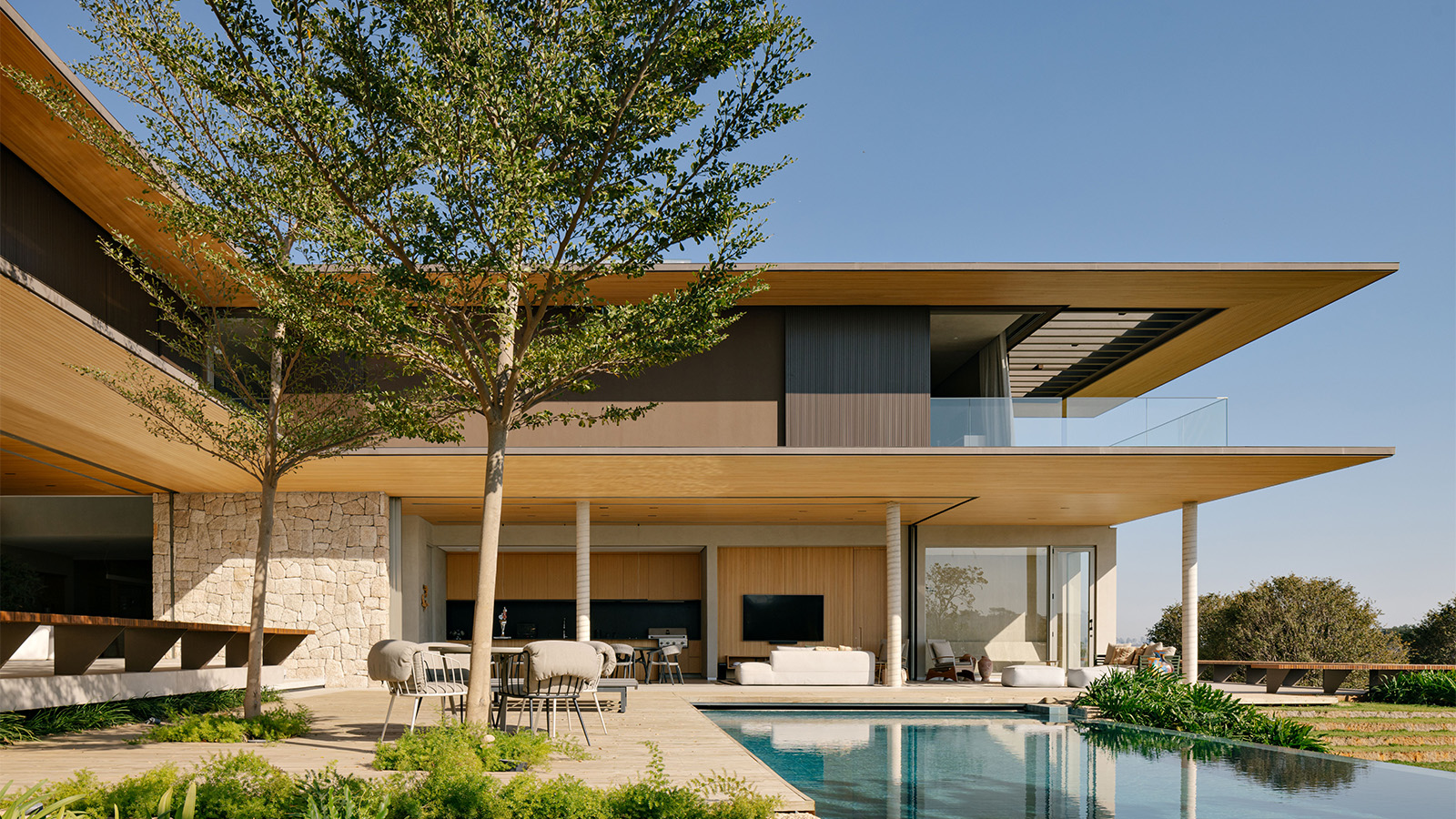 Tropical gardens envelop this contemporary Brazilian home in São Paulo state
Tropical gardens envelop this contemporary Brazilian home in São Paulo stateIn the suburbs of Itupeva, Serena House by architects Padovani acts as a countryside refuge from the rush of city living
-
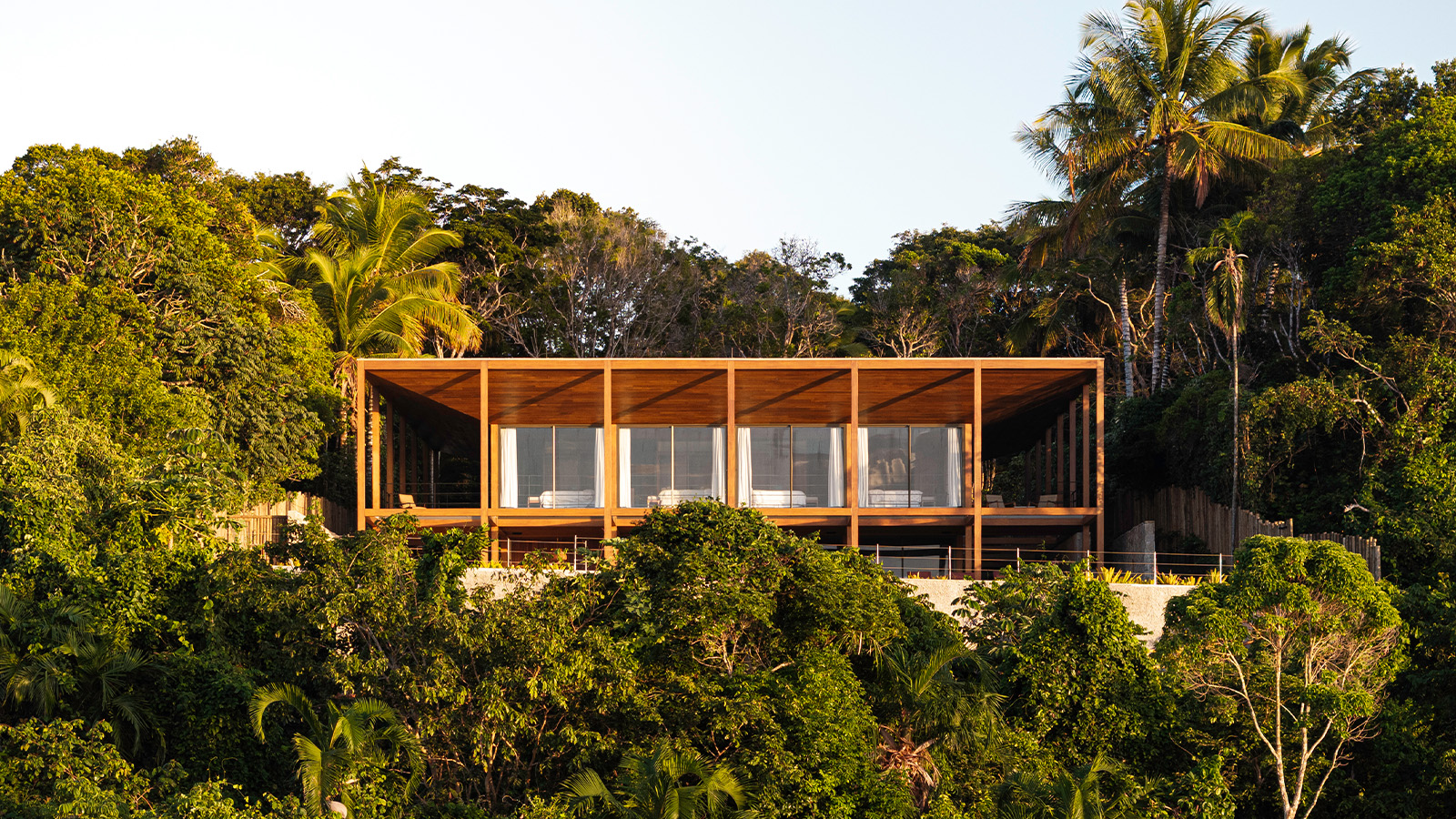 Itapororoca House blends seamlessly with Brazil’s lush coastal landscape
Itapororoca House blends seamlessly with Brazil’s lush coastal landscapeDesigned by Bloco Arquitetos, Itapororoca House is a treetop residence in Bahia, Brazil, offering a large wrap-around veranda to invite nature in
-
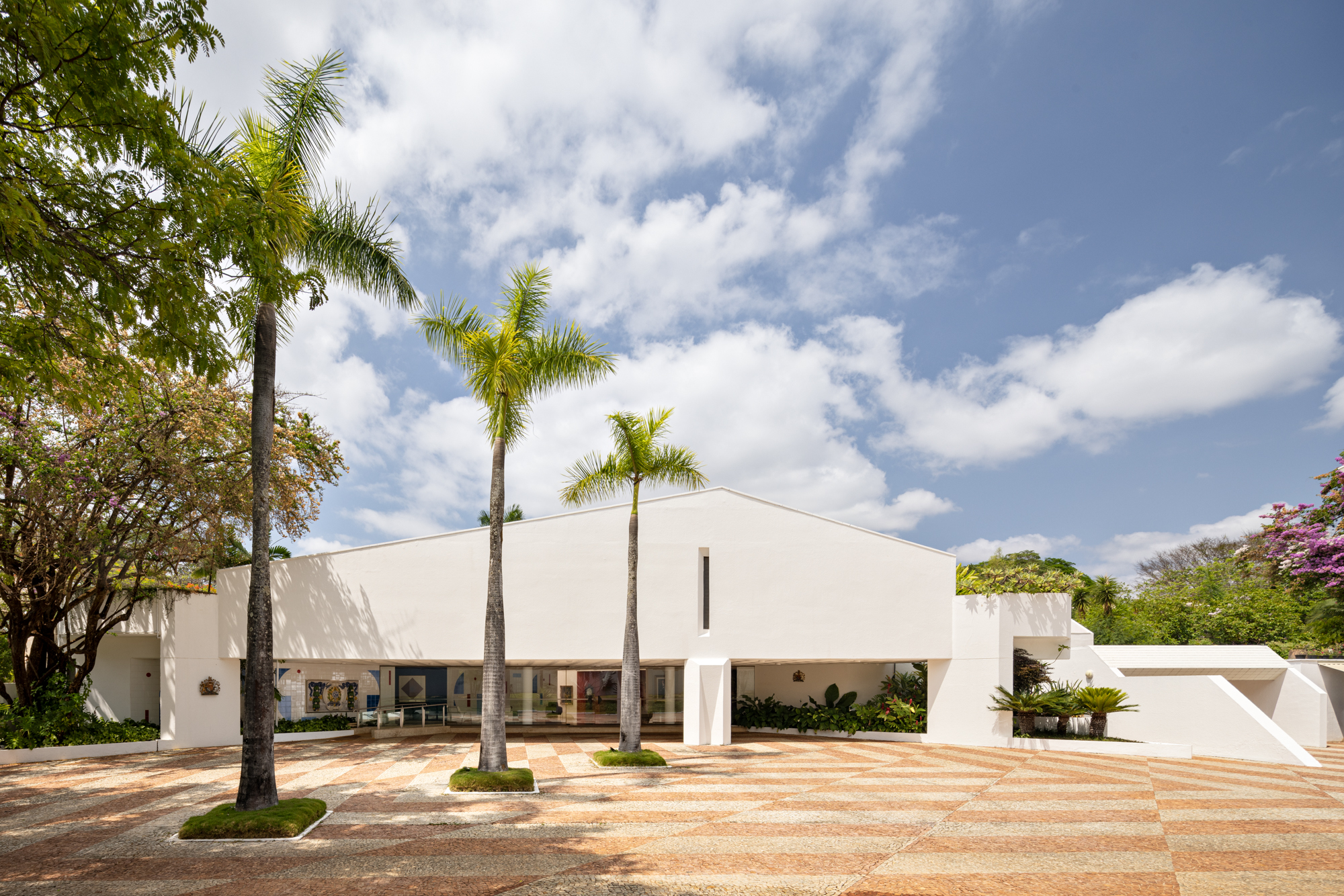 A postmodernist home reborn: we tour the British embassy in Brazil
A postmodernist home reborn: we tour the British embassy in BrazilWe tour the British Embassy in Brazil after its thorough renovation by Hersen Mendes Arquitetura, which breathes new life into a postmodernist structure within the country's famous modernist capital